3 Interesting Ways FOOD and TECHNOLOGY Intersect
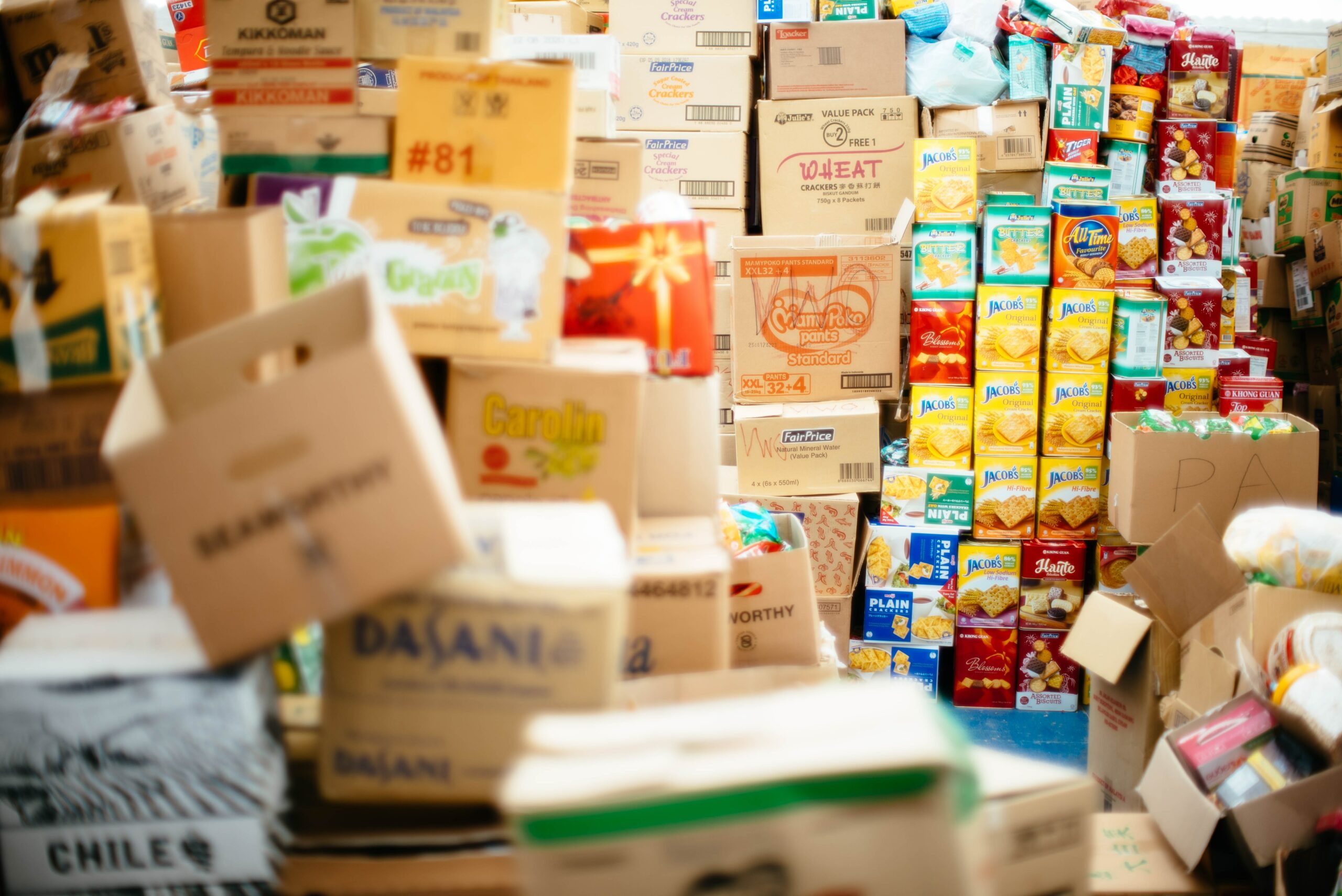
One of the things that makes technology so interesting is its infinite applications. Food and Technology is one of them! Everything from sustainability to art to business can also intersect with technology. Check out the interesting and innovative ways food and technology can be combined.
Skip Ahead
Food Packaging
Do you love noodles? Love the environment? This technological application solves an issue in pasta packaging that even makes cooking it fun.
Noodles can be difficult to package sustainably because of all the extra air inside. The peculiar shapes in between the dried food allows for useless air. There is more than 60% air for in curly noodle packaging.
The Morphing Matter Lab at Carnegie Mellon University found a solution by packaging all noodles in flat shapes.
This is similar to how IKEA uses flat-packed furniture as one of their successful strategies. But most noodles like penne and rigatoni aren’t flat, so how does that work? The fun of quirky shaped noodles isn’t lost.
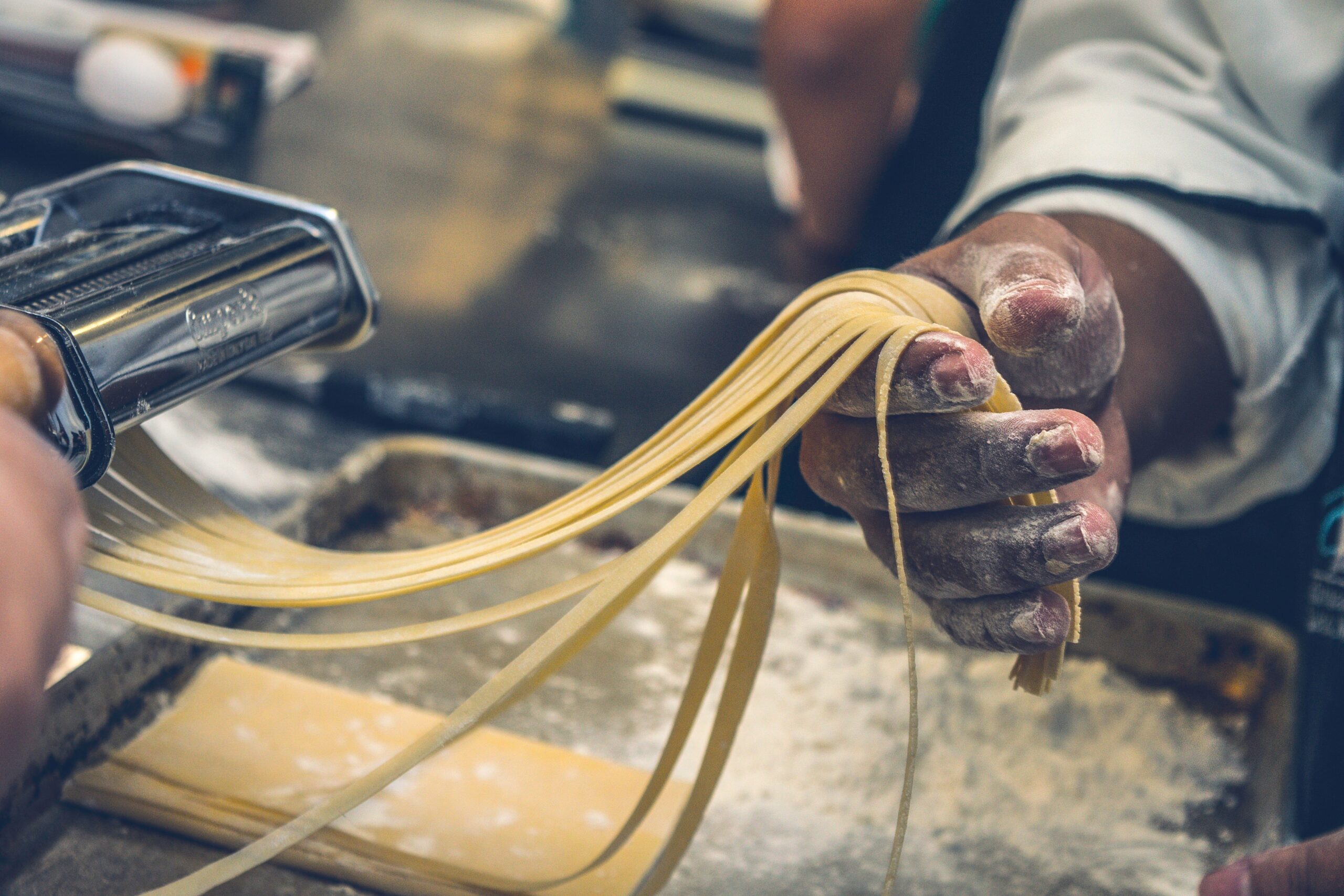

There are grooves placed on one of the sides of the flat noodle strategically. Once cooking, the groove side expands less allowing them to morph into their intended shape.
Each noodle variety has different types of grooves to shape them into their specific figure.
In a nutshell:
- Issue: Noodle packaging contains too much air which is not sustainable.
- Solution: Packaging all noodles in flat shapes.
- How: Through grooves located on the flat noodles intentionally. The groove side expands less allowing them to morph into their intended shape once cooking.
- Who: Morphing Matter Lab at Carnegie Mellon University
Vegan Meat
Yes, veganism and technology can sometimes go hand in hand. What better way than an innovative start-up?
Perhaps you’ve seen vegan meat made out of soy, vital wheat gluten, pea protein, and more. But this one is quite different…it’s made out of air.
It happens to be inspired by NASA research from the 1970s space program that the tech startup Air Protein utilized. The research was used for astronauts’ food. It involved using air from their journey. Interesting where research sometimes ends up.

The Process
The process clearly starts with air, but not just any air, specifically food-grade CO2.
Food-grade essentially means the CO2 has a 99.95% purity rating. Industrial-grade CO2 on the other hand, which is for general use, lies at a 99.5% purity rating. Then there’s medical grade CO2 which is 99.99% pure.
What’s leftover to reach 100%? It’s essentially contaminants such as hydrocarbon, acetaldehyde, oxygen, and benzene.
Carbon capture is used to turn the air into protein.
First, microbes, such as bacteria, recycle the CO2. Then, it is combined with water and energy… and you end up with a flour-like substance.
If that seems inconceivable, think of it as air fermentation. Similar to other fermentation used to make foods like yogurt and cheese.
This air fermentation uses air, water, and renewable energy to utilize culture to produce the protein air. The protein from the cultures is dried after it has been extracted and purified.
That’s not all though, because at this point you only have powder. Nutrients, oils, and flavorings are combined using culinary science, to turn it into the desired protein.
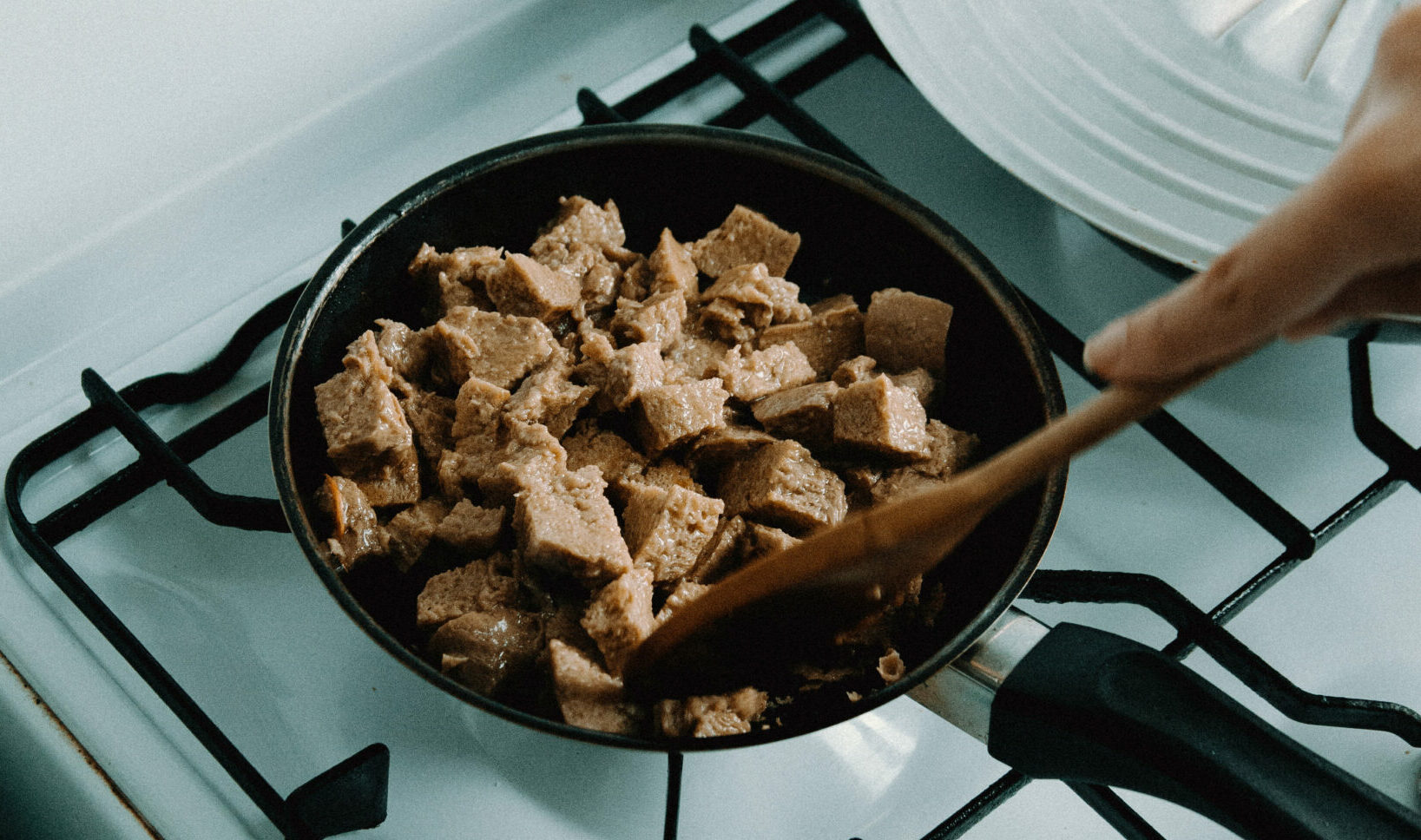
What do you end up with?
Then you have vegan meat with no pesticides soy, GMOs, or herbicides.
The start-up hopes everyone will enjoy this innovation. It aims to be a realistic alternative to meats such as chicken, fish, and steak.
So the combination of food and technology has immense power. This food technology has the goal of changing the food system.
We know food has a major impact on climate change. Animal agriculture has large negative effects on greenhouse gas emissions.
This alternative is more sustainable for many reasons:
- Less natural resources needed
- Carbon negative
- Uses 0.8 liters of water per kg of protein (beef uses around 15,000 L per kg)
Fortunately, it’s geographically flexible and widely expandable, so we’ll see where this innovation leads to.
In a nutshell:
- Who: Food tech startup Air Protein
- What: Alternative meat out of air
- How: Air fermentation
- Why: Sustainable and eco-friendly
Location Data
Food tech companies, such as food delivery companies are rising tremendously.
Data has a huge impact on these companies, especially location data. Transverse is a location data intelligence company that has contributed to delivery technology for food-tech companies.
The goal, applying to most businesses, is optimization and customer satisfaction.
In this scenario of food delivery, that means optimizing the food delivery system and improving the customer experience.
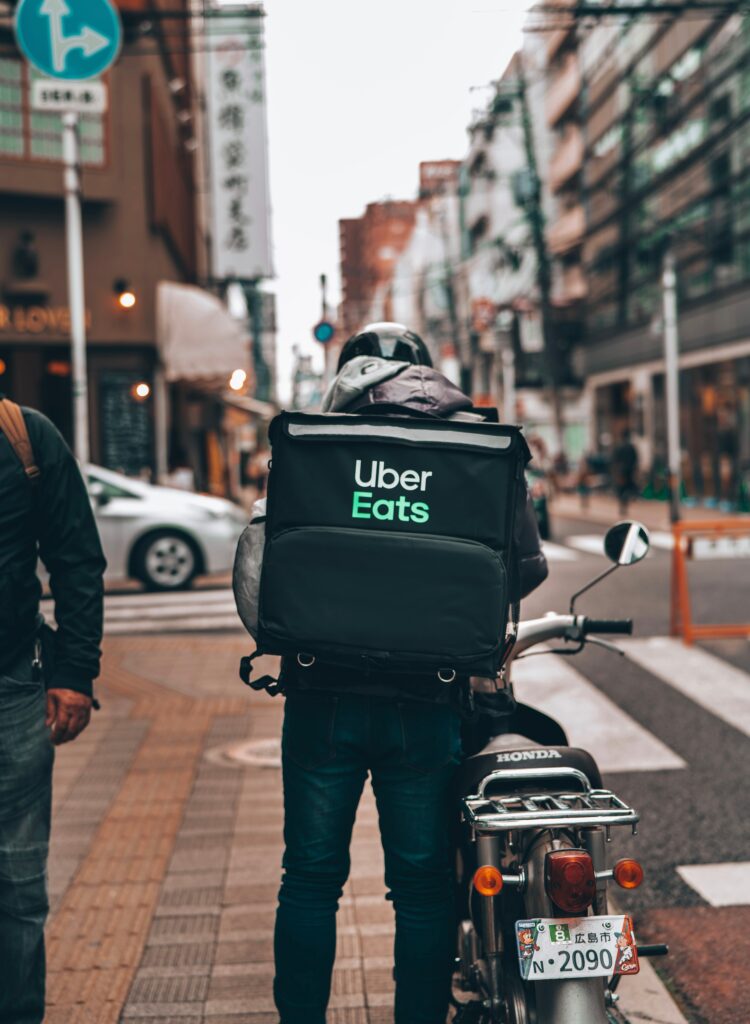

But how can this happen? What can be done from a technical point?
The combination of location intelligence and artificial intelligence comes into play. The technology has come a long way from simply a map with the location.
Certain data is crucial for this industry:
- Current traffic
- Prep time for an order
- Delivery efficiency
- Time
- Distance
How is location data implemented? There are two major parts:
- Having the correct house address/door (saves navigation time)
- Analysis of the location
- Data used: past orders, types of customers in area
- Predicting the food products demand
But that’s not all the prediction.
They try to calculate orders during the time of the day and day of the week.
It’s important to note there is a lot of data that comes into play here including geotagged photos/videos, maps, and more.

But how does any of this help?
In order to improve a food delivery business, the top priorities are quick delivery and customer experience.
Implementing all this useful data can improve delivery efficiency in turn bring more revenue and improve the business as a whole. Then one can expand further in terms of promotions and loyalty programs.
In a nutshell:
- Who: Location data intelligence company improves food tech companies
- What: Optimizing delivery and customer experience
- How: Location data intelligence and AI, not just maps
- Why: Better customer experience + quicker food deliveries = improved/more successful food-tech company
As you can see the impacts of food and technology spread across many industries. The food packaging business, alternative meats, food delivery, and so many more.
If you have an interest in food, an interest in tech, and perhaps even an interest in business, this could be the place for you.

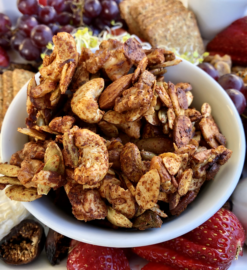


Leave a Reply